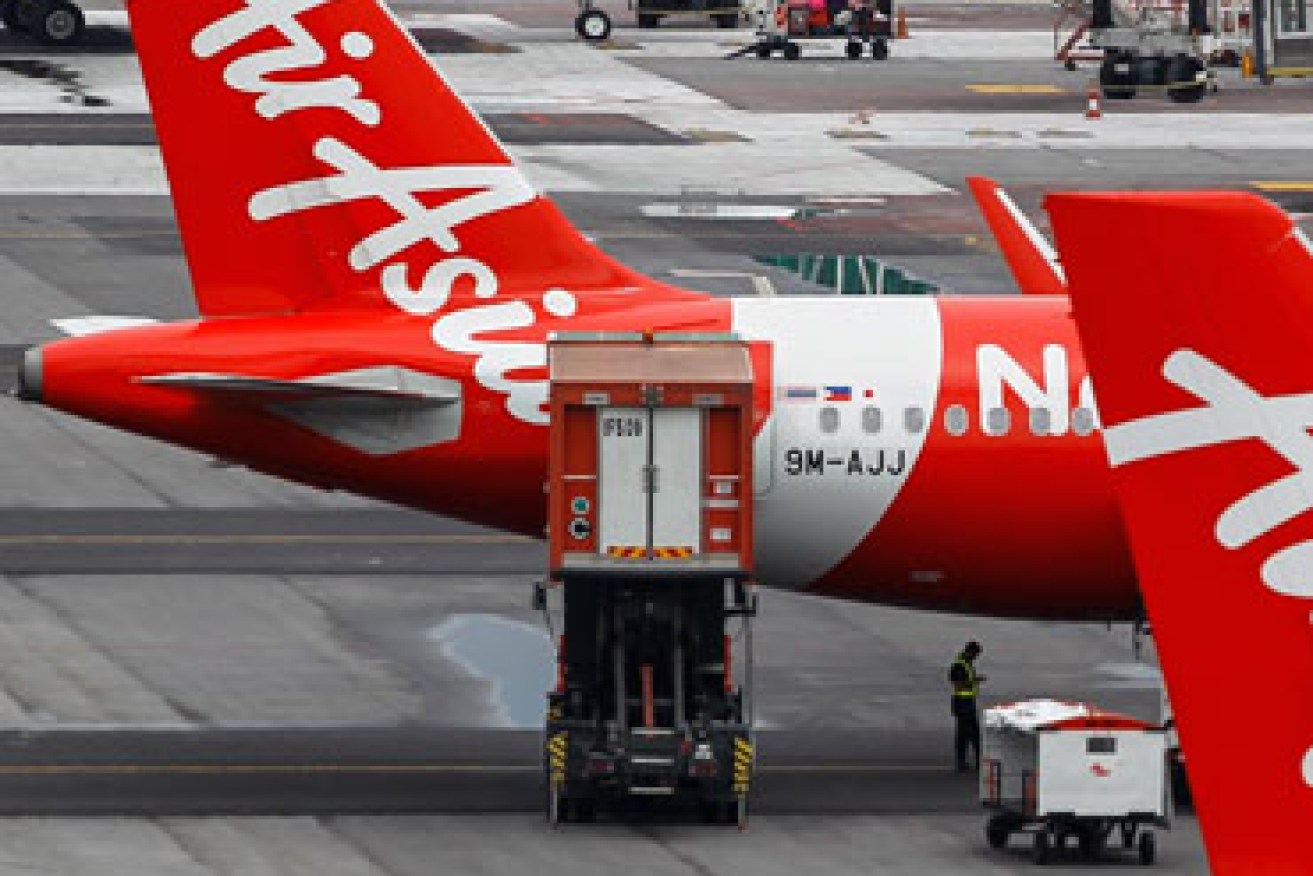AirAsia in aviation crackdown after incidents


The airline has come under increased scrutiny over the past 18 months. Photo: AAP
The airline safety watchdog is performing increased checks on budget carrier AirAsia following a dangerous navigation bungle last year, it has revealed.
The Civil Aviation Safety Authority (CASA) began monitoring the airline more closely after a captain inadvertently entered the wrong longitude in a plane’s navigation system taking off from Sydney in March 2015.
The error placed the Kuala Lumpur-bound plane 11,000km away from its actual location, causing the plane to turn the wrong way after take off and cross the departure path of an adjacent parallel runway.

The AirAsia plane went the wrong way and ended up in Melbourne.
The plane was not fitted with an upgraded flight management system that would have prevented the data-entry error, according to a report by the Australian Transport Safety Bureau published last week.
“Following the incident in Sydney, CASA has conducted additional checks in recent times, and they continue,” said Peter Gibson, spokesman for CASA.
“They will continue for as long as we deem it necessary.”
When asked what conclusions passengers could draw about the safety of flying with AirAsia, the spokesman would not comment directly on the airline, but said travellers could be confident that the safety body was ensuring that the airline meets the applicable safety standards.
Not an isolated incident
The Sydney incident was not the first involving the budget carrier.
The second involved a mid-air near miss between an AirAsia A330 and an Airbus A320 on the Gold Coast on July 21 that was still under investigation.
The AirAsia group was reportedly also involved in an incident at Perth Airport in February when the pilots of an Indonesian AirAsia flight approaching the airport at night were told to abort their landing because they were 300m too low.
Tragedy struck the Indonesian operation of AirAsia in December 2014 when AirAsia flight 8501 crashed into the Java Sea while travelling from Indonesia to Singapore, killing 162 people.
An investigation found that the plane had been flying with a broken rudder for 12 months before the crash.
The West Australian reported that it had found evidence that the plane had flown 38 return trips between Perth and Bali with the recurring fault.
That same fault was blamed for the events that led to the plane crashing, killing everyone aboard.

Wreckage from ill-fated AirAsia Flight 8501 that crashed into the Java Sea on December 28, 2014 with 162 people on board. Photo: AP
AirAsia X confirmed that it had upgraded flight management systems before the publication of last week’s ATSB report and developed a training package for crew on correct operation and alignment of air data and reference systems.
In a statement to The New Daily, the airline said “the safety of all guests and crew are our utmost priority at all times”.
“AirAsia X has in place robust management systems to monitor and prevent similar incidents from reoccurring,” it said.
“The airline has regularly passed safety and security audits conducted by various international and local regulators. We remain committed to ensuring our compliance to all safety and security regulations.”








